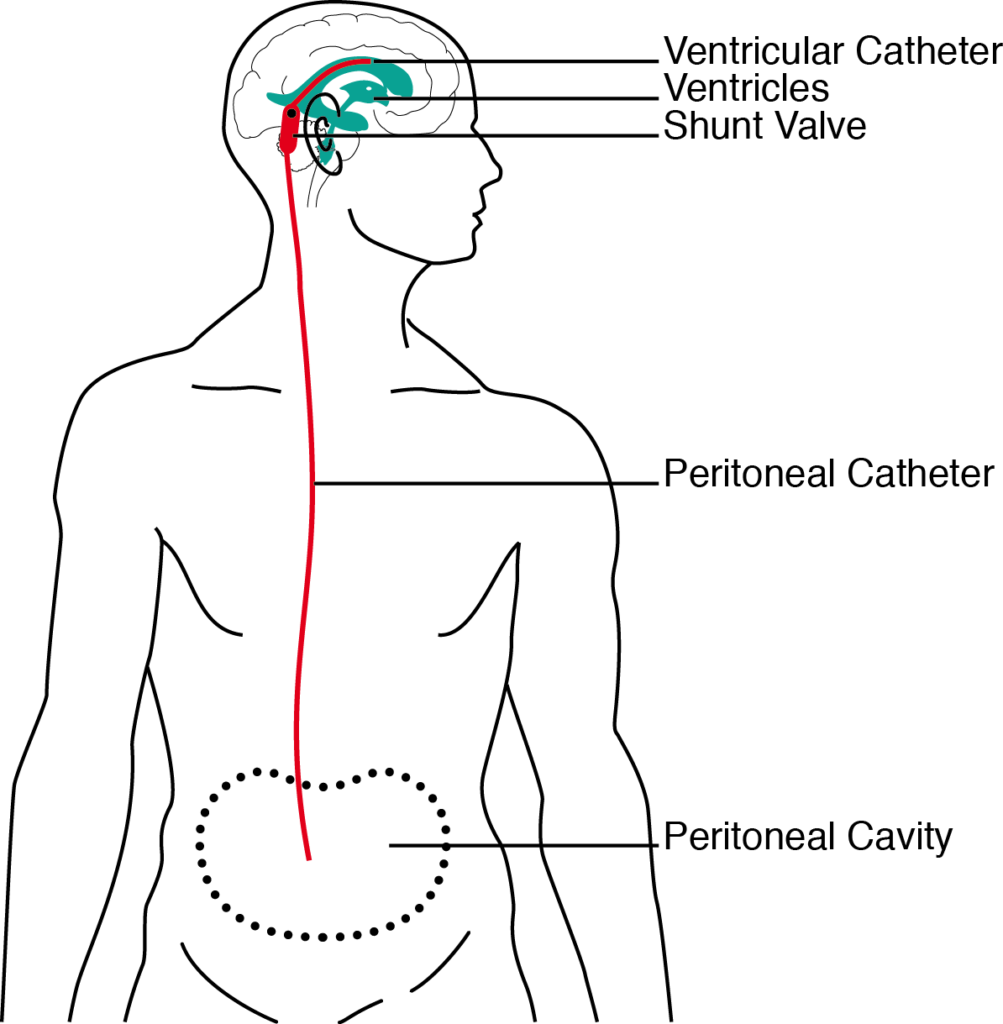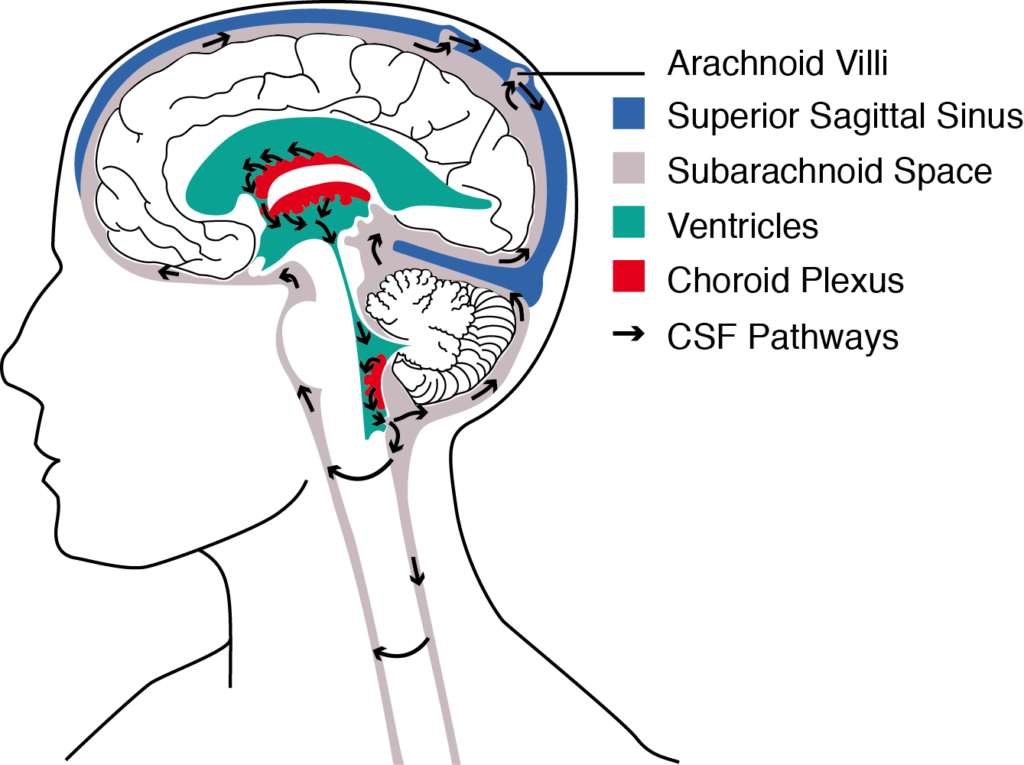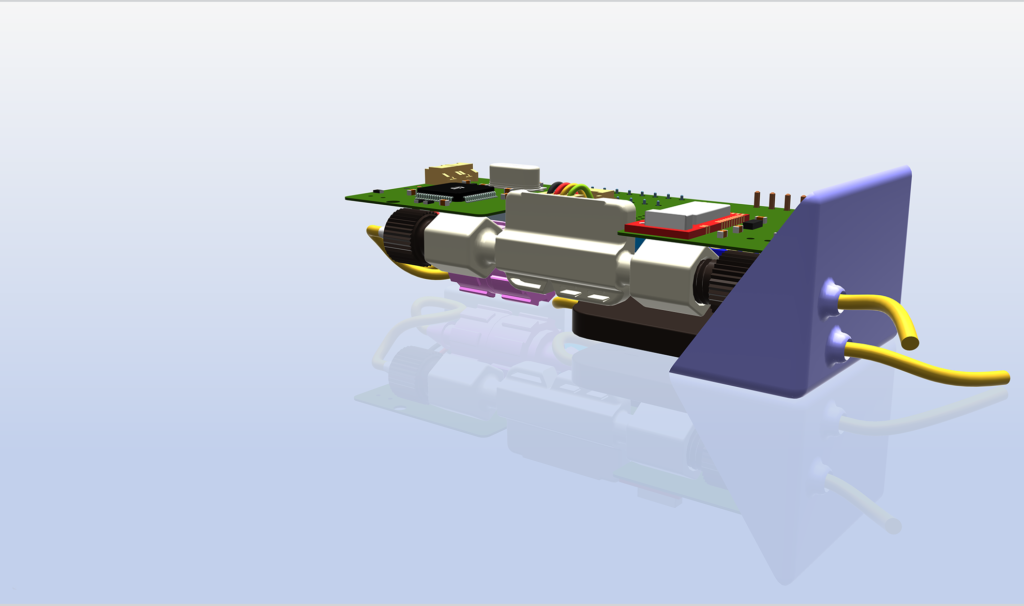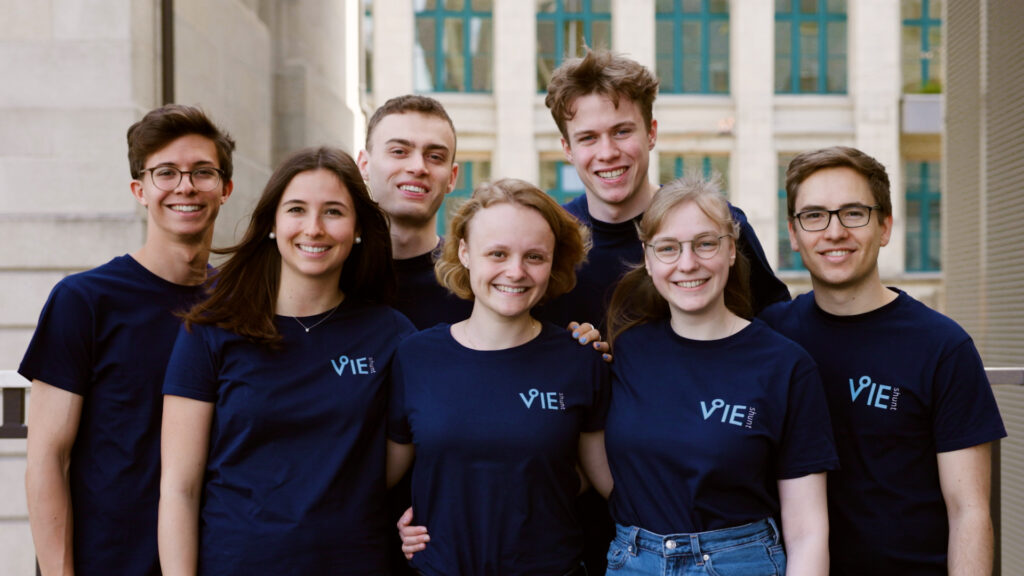We want to revolutionise contemporary treatment by moving from purely mechanical to mechatronic shunts, developing a Ventricular, Intelligent and Electromechanical shunt, VIEshunt.



IEshunt is a Focus Project at ETH Zurich. In a team of seven Mechanical and Electrical Engineering students, we are using our knowledge to develop a product with real-life impact from scratch. Our envisioned prototype is a complex medical system, paving the way towards the next generation of implants for patients suffering from Hydrocephalus. In order to develop a functioning prototype within a year, we collaborate with leading researchers and surgeons in the field of Hydrocephalus at ETH Zurich, the University Zurich and the University Hospital Zurich.
Our goal is to develop a reliable and intelligent shunt system, that can be tested in an acute sheep study at the end of our project. With the delivery of a proof of concept we want to set an important milestone on the way to a novel and revolutionary Hydrocephalus therapy.

The use of sensor technology in our system allows us to actively control and drain the optimal amount of fluid in every life situation and further offers the possibility of valuable data collection. By providing this data via a communication interface, important information about the condition of the patient as well as the system can be obtained in real time. This enables the detection of malfunctions in an early stage, preventing complications before they occur. Furthermore, the interface can be used for direct patient feedback in the future. This will facilitate an individual therapy that is oriented towards the well-being of the patient.
Exactly one year after starting the ETH VIEshunt focus project, our team took the opportunity to visit the 2022 Hydrocephalus Conference held in Gothenburg, Sweden. We got the chance to experience top level research in the field and even showcase our own achievements over the past year. With joy and gratitude we won 1st place at the Young Investigators Award, also thanks to the presentation of our project supervisor Fabian Flürenbrock. Check out this article for more information.
